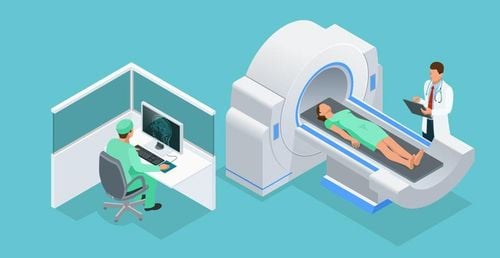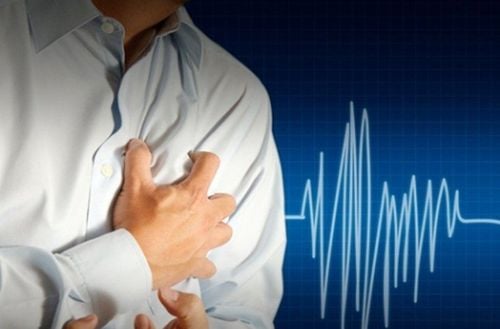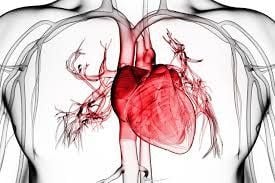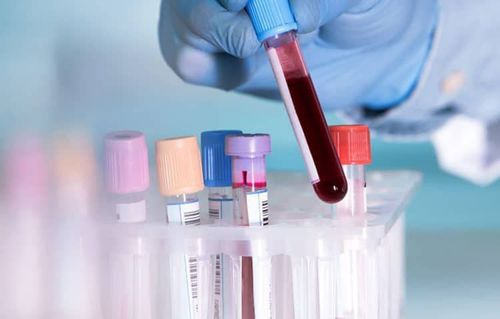This is an automatically translated article.
The article was written by Doctor of Radiology, Department of Diagnostic Imaging - Vinmec Central Park International General Hospital.Acute coronary syndrome (ACS) is a term used to describe a range of conditions that involve a sudden decrease in blood flow to the heart. This acute coronary syndrome usually causes severe chest pain or discomfort. This is a medical emergency that requires prompt diagnosis and care.
1. Symptoms of acute coronary syndrome
Acute coronary syndrome (ACS) describes a range of conditions that involve a sudden decrease in blood flow to the heart. This blockage can appear suddenly and happen immediately, or it can appear and disappear over a period of time.Acute coronary syndrome occurs due to the accumulation of fatty substances in and on the walls of the coronary arteries. These arteries are responsible for delivering oxygen and nutrients to the heart muscle.
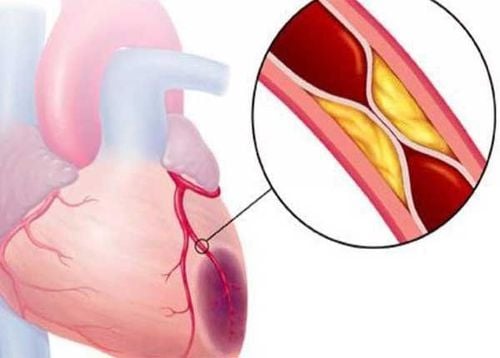
Hội chứng mạch vành cấp xảy ra do sự tích tụ của các chất béo trong và trên các thành của động mạch vành
2. Physical symptoms of coronary syndrome
The signs and symptoms of acute coronary syndromes usually have a sudden onset. Symptoms usually include:Chest pain (angina) or discomfort, often described as pain, pressure, tightness, or burning Pain that radiates from the chest to the shoulders, arms, upper abdomen, back, neck or jaw Nausea or vomiting Indigestion Difficulty breathing Sudden heavy sweating Dizziness or fainting Unexplained tiredness Feeling restless or scared.
3. ECG sign of myocardial ischemia
Ischemia occurs when the myocardial supply capacity fails to meet the demand of the myocardium and can occur with decreased or increased oxygen demand. Ischemia is a reversible process if blood flow is restored to the heart muscle before permanent cell damage occurs.Patients in the early stages of ACS often have an ECG showing changes in the ST segment or T wave consistent with myocardial ischemia, which is caused by anterior ischemia. myocardial cell damage and damage precedes myocardial cell death (necrosis or infarction).
The most familiar patterns of ECG ischemia are horizontal or descending ST segment elevation of 1 mm or more and T wave inversion. There is a correlation between the number of lead ECGs showing the degree of ST deviation, and the width. and severity of coronary artery disease. If ST-segment depression occurs in 8 or more leads with ST-segment elevation in AVR and V1, the patient is at high risk for left coronary artery disease.
4. Role of ECG in patients with ACS

Điện tâm đồ (ECG) là kỹ thuật chẩn đoán đo hoạt động điện của nhịp tim
Please dial HOTLINE for more information or register for an appointment HERE. Download MyVinmec app to make appointments faster and to manage your bookings easily.
SEE MOREDiagnosis and treatment of chronic ischemic heart disease Angina - typical warning signs of coronary heart disease Chronic ischemic heart disease: What you need to know




